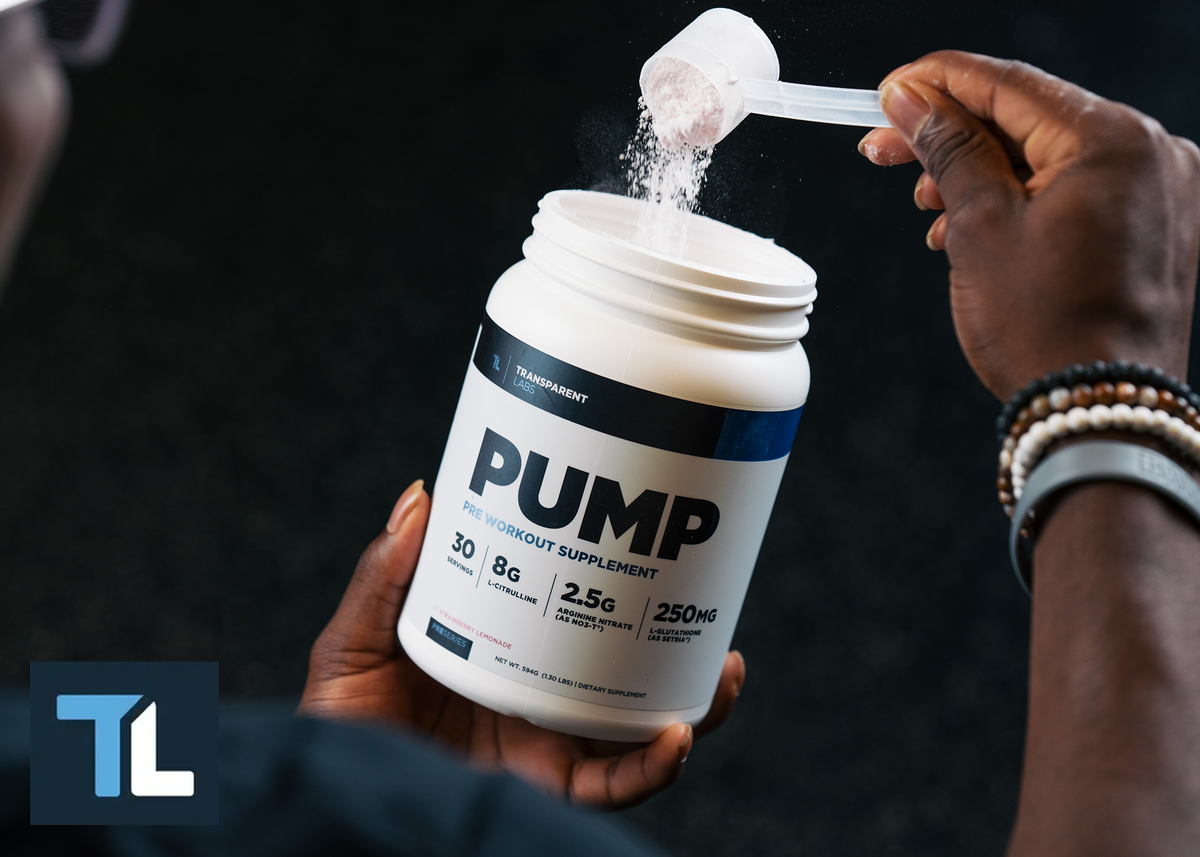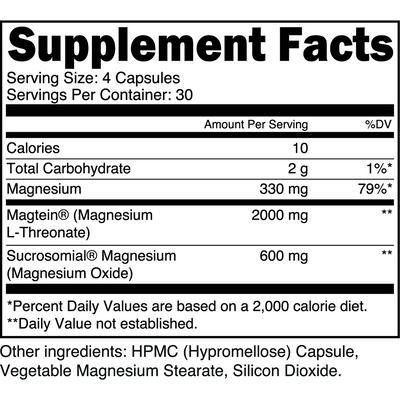How Long Does a Pump Last For? (According to a Powerlifter)

If you have been in a gym or weight room for longer than 15 minutes, then you have heard of the "pump." The highlight of many lifter's days is getting a gym pump that makes them feel like future muscle growth is a certainty. The term first became famous thanks to the film Pumping Iron, and it has been a fixture of bodybuilding vocabulary ever since.
But, does the pump have the same effect for a powerlifter? Can they even achieve a pump with their style of training, and is it even worth it to focus on getting a pump? We are going to break down the science and see how long the pump lasts and if it should even matter to those looking for a bigger total on the platform.
Understanding the Pump
When you are lifting weights, you may feel your muscles get tighter and look bigger. It is almost as if you achieved new size right before your eyes. This is because blood is moving to the muscle area that is being worked. The most common example of this phenomenon is a bodybuilder performing a curl and achieving a pump in the biceps.
The reality is the training is forcing the heart to work harder under these stress levels and is pumping oxygen rich blood to the muscles being worked. A good pump feels great at the moment, but this is a temporary sensation. Even if you were to achieve a significant pump that makes your skin feel like it is being stretched, it will eventually subside.
Duration of a Muscle Pump
There is no research to verify an official duration of a gym pump, but a common belief within the lifting community is that the temporary increase in muscle size can last up to three hours. There are several variables that can affect how long a gym pump lasts. These factors may include but are not limited to if you had a good workout session that involved heavier weights and higher rep ranges, a variety of exercises performed, rest periods, individual metabolic and physiological differences, training experience, and even external factors such as pre workout supplements designed to promote increased blood flow.

Powerlifting vs. Bodybuilding Pumps
There really is no significant difference between a pump for a bodybuilder and a powerlifter, but the need for one in training and the importance of it for reaching goals may not be the same, either.
Bodybuilding
Many bodybuilders could tend to rely too much on a pump. They feel that the bigger the pump the more progress and the smaller the pumped muscles look, the less effective workout you had. Neither of those are true. A pump is great, and you can be sure that there is blood circulation taking place, but the ultimate goal is to break down muscle fibers with quality muscle contractions so you can use a balanced diet and supplements like a protein shake to fuel recovery.
Powerlifting
Even though powerlifters are training for nine singles across three lifts, that does not mean they don't have an intense workout leading up to the meet. They certainly do, but it is with more weight and a lower rep range, which is counterproductive to getting a defined pump to the working muscles because there may not be as much muscle breakdown. Their longer rest periods between sets also play a factor. Because of these factors, the pump may not be as long as it would be for a bodybuilder unless they use high rep routines at the end of the session as a bodybuilder would or if they performed dynamic exercises to help prepare for the workout. Research verified that performing dynamic movements can help generate a pump (1).
Perspectives of a Powerlifter
It may seem obvious that powerlifters have no need to worry about achieving pumps because they are focusing on heavy lifting exercises, and the way a muscle looks has no impact on their performance at their meets. However, this is not the case. Getting a good muscle pump matters in training for them as well.
While powerlifters work with lower rep ranges (around 1-5 reps) per set, a lot of the training will vary depending on their off-seasons because they want to achieve new muscle size and add muscle mass so they can get stronger. More often than not, their sessions could be considered more of a high intensity workout. However, making a pump last can help them achieve muscle building goals so they go into their next meet prep bigger and stronger.
Some powerlifters have found that the off-season is a great time to improve muscle function and add muscle tissue. They will also use different and more rigorous exercises so they can feel different types of loads and achieve pumps that way.

Strategies to Prolong the Pump
So, how can you achieve a longer lasting gym pump? Several factors can be implemented if getting the best pump possible is the goal.
Blood Flow Restriction Training
Blood flow restriction (BFR) training calls for the lifter to isolate specific muscles by placing a tight band around a limb to restrict blood flow coming from the area during a resistance training session. This is most common with biceps but can also be used for triceps and leg muscles. One study verified that BFR can also help with strength gains. (2)
Shorter Rest Periods
A lot of training routines that focus on volume and pumps emphasize a shorter rest period between sets - some as short as 45 or even 30 seconds between sets. These minimal rests force the muscles to get back to work sooner and lead the heart to work harder. This leads to more blood flow and is supposed to lead to even larger pumps or make the gym pump last longer. The decrease in rest time can also serve as an indicator of the lifter’s ability to delay fatigue.(3)
Pre Workout Supplements for Increased Blood Flow
There have been many ads online about how pre workout supplements can help you increase blood flow and lead to continuous muscle growth. Hyperbole is common in the supplement business, but there are quality pre workouts that can serve as a vasodilator to help improve blood flow.
Role of Recovery and Proper Post Workout Nutrition
Getting gym pumps is great, but many people that lift weights don't look past that day's session. Many greats of strength sports understand that the beginning of the next workout starts during recovery from the last one. This means paying attention to proper nutrition and consuming enough protein to help promote muscle repair. Strategies to help reduce muscle soreness can also make a difference. Methods may include using a cold tub and getting massage treatments.
Conclusion
At the end of the day, getting a great pump is a very positive feeling at the end of a hard training session, and it could boost confidence in between workouts, but the pump itself will subside after a few hours at the most. It may not be best to rely on it as an actual gauge of your progress, but it can certainly make your workouts more enjoyable, which can help you stay consistent, and that may be the ticket you need to get stronger for your next meet.
References
Ryan J. Wortman, BS, Symone M. Brown, MPH, […], and Mary K. Mulcahey, MD









